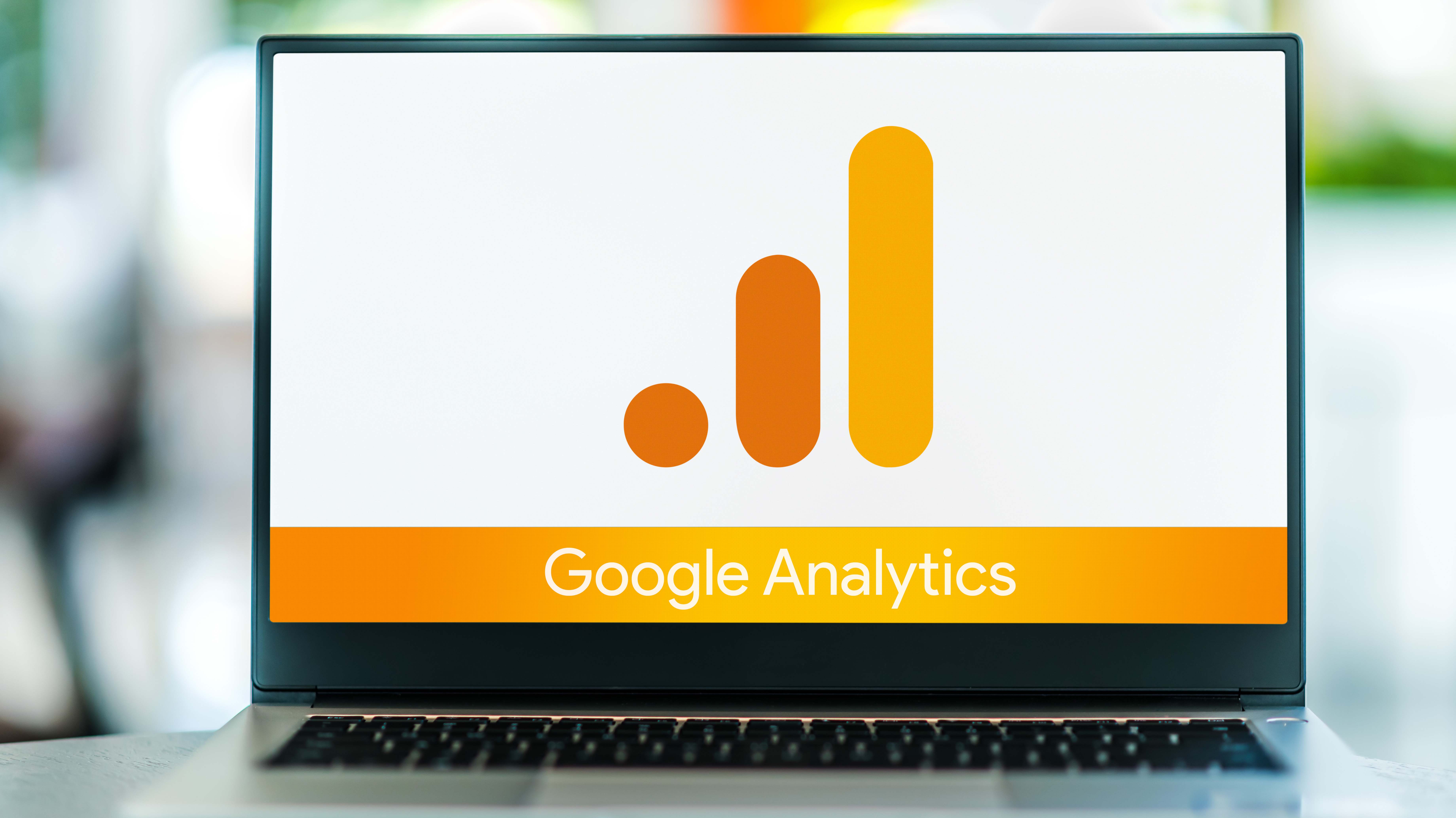
Google Analytics 4 (GA4) is replacing Universal Analytics. In the past, Google has offered various improvements without major changes to the end-user, but this update is different. Google is on the verge of completely changing its analytics platform. Yes, completely.
To access GA4, you will need to set up a brand-new account. Your current Universal Analytics data will not migrate to your new account and tracking data will begin cumulating on the day you set up the account. Big changes!
Universal Analytics was built around a session-based data model with user hits and interactions tracked within a given time frame. Online measurement was heavily anchored in the desktop users and dependent on data collected from third-party cookies and computer IPs.
Meanwhile, in GA4 user conversions are event-based and do not rely exclusively on cookies but on a mix of first-party cookies, machine learning, and other protocols compliant with privacy laws such as GDPR and the California Consumer Privacy Act. The platform is heavily focused on eCommerce and will allow you to track your customer’s lifecycle.
GA4 is not a platform upgrade, but an entirely new way of doing analytics and data modeling. GA4 has a different interface, and your numbers won’t match if you try to compare the reported results in your GA4 property against those in your Universal Analytics property.
Farewell, bounce rate.
Bounce rate statistics will cease to exist. Say what?!?!
Your site’s bounce rate is a measure of user interest in your content. It tracked whether your visitors interacted with your website or if they left your pages without performing specific actions (purchase, subscribing, clicking a link, etc.). In recent Google analytics conversations, however, bounce rate was deemed to be an outmoded metric and was removed from GA4.
To us, bounce rate is a very fast and easy way to determine if the interface of a page design is successful at guiding users to certain goals. Do visitors complete calls to action? Does a campaign bring the right type of users? With bounce rate, we could answer these important questions, and more.
For roughly a decade, bounce rate has been the de facto standard for measuring engagement at a glance. A low bounce rate generally indicated successful targeting and website optimization.
We also used bounce rate to extract data on user behavior in the first few days of a digital campaign. If we tracked the bounce rate correctly, we could quickly learn if the campaign was going according to our plan or if it needed corrections. With media advertising, you can spend a lot of advertising dollars in a very short period of time, so it’s important to quickly assess your results to see if your goals are being met.
As more users interact with sites using their phones or other small-screen devices, single-page websites have become a more popular choice for brand advertising. These types of pages don’t require click-through for interactivity, and we need to find effective metrics to track visitor engagement.
What is engagement rate in Google Analytics 4?
The metric “User Engagement” tracks the number of sessions that lasted longer than 10 seconds, had a conversion event, or had at least 2 page views or screen views. Conversion events can cover a wide variety of interaction points, ranging from using a site’s search bar to signing up for an email newsletter or following the brand on social media.
With the new 10-seconds engagement rate Google is putting in place, analysts must move on from the metrics they used to rely on. We will need to get creative and find alternative ways to track the same user behavior and build up new data collection habits. This is a big change for data analysts, who will have to adjust to looking at data in new ways.
GA4 reporting comes with a learning curve and greater ownership of your data versus the pre-built reports of Universal Analytics. Please be aware that some of the tasks you performed in Universal Analytics may not be possible in GA4.
Our team has already switched to Google Analytics 4 and is starting to build new business processes. We have started experimenting with different ways to gather events and information, synchronize data, and present the information in a way our clients will understand.
Our clients are used to the particular set of metrics we’ve been tracking for over 10 years. This language is about to change, and we want this shift to be gradual, one step at a time, until we fully migrate to the new Google Analytics 4.
It will take time to calculate smart ways to extract the same data using Google’s new way of reading information. For our clients, it will take some time getting used to the new language of the reports. We will have to train ourselves and our clients.
The Universal Analytics product will cease to exist on July 1, 2023. Brands have until then to create a GA4 account and familiarize themselves with the new interface and functionalities.
We encourage you to implement GA 4 as soon as possible and to start cumulating your new data into the account. Don’t forget, your comparative data will not be migrated when Universal Analytics goes away next year. Audit your existing analytics setup and create a GA4 configuration plan. Setting up GA4 in July 2022 is critical so you can build a year-over-year analysis. By next summer, your team needs to be comfortable using Google Analytics 4 to make the right marketing decisions.
For advice on setting up and tracking your campaigns, say hello@edesigninteractive.com. Our digital marketing team in New Jersey will be happy to help you make the transition to Google Analytics 4.